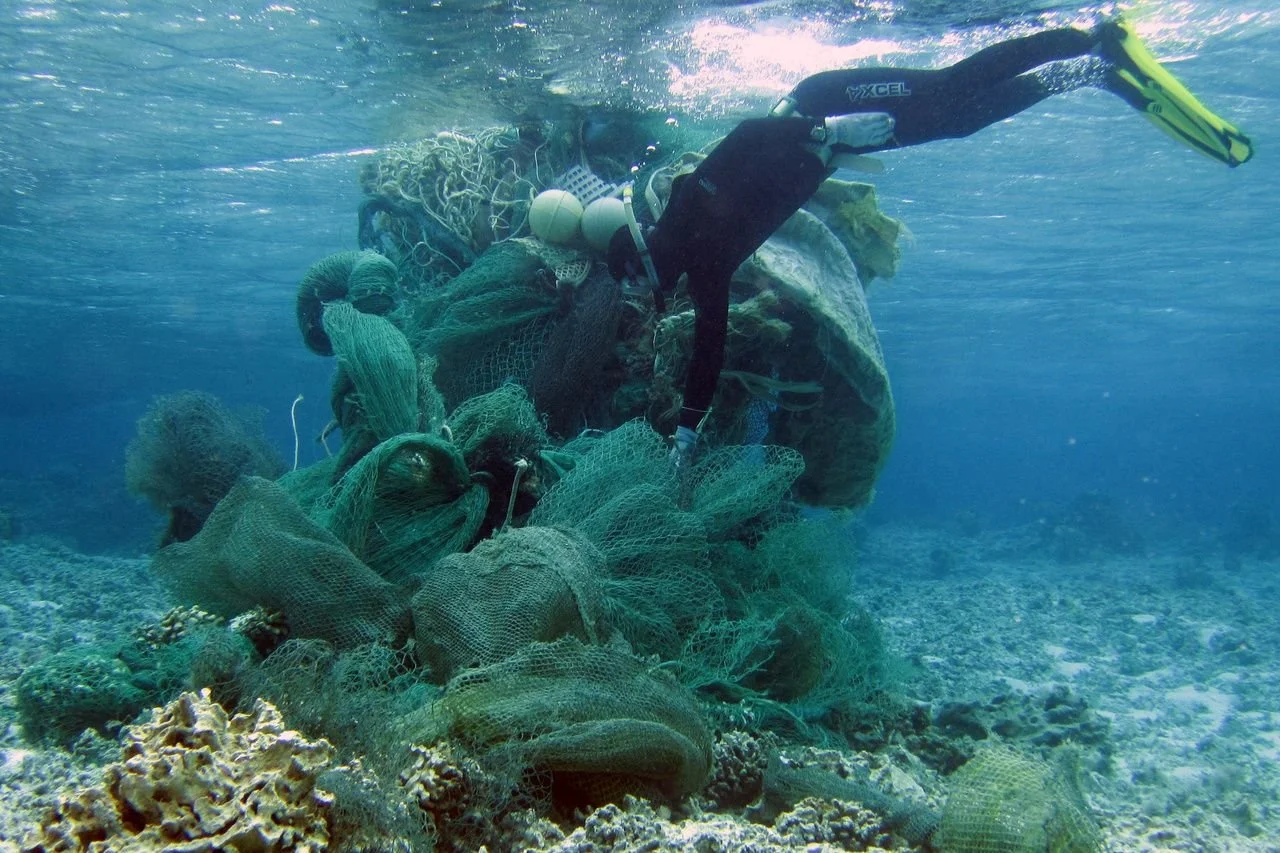HACK-A-THON
Around 3,500 years ago an intrepid metalsmith pulled iron ore and charcoal out of the fire and hammered out the first steel knife. And as it pertains to cutting derelict fishing nets, technology has basically stalled there ever since. Now is your chance to reach unflinching into that proverbial fire and pull from the crucible your own invention, a sharp-edged contrivance from your own imagination, a self-made slasher, snipper, or saw, a more modern and efficient cutting tool worthy of crowning you Hack-A-Thon Champion.
WHEN: Saturday, December 13, 2025
WHERE: Waikīkī Aquarium
COST: Free. RSVP Here
THAT COST AGAIN: Thatʻs right, 0. Nada. Free 99.
HOW TO PARTICIPATE: Do you have a cutting tool; or do you have an idea for a cutting tool; or none of the above but the simple courage to step into the arena? Contact PMDP’s Quartermaster (808-286-4747 or derek@pmdphawaii.org) and fulfill your destiny in the Hack-A-Thon. Alternatively, come as a spectator- also free!
FAQ
Do I have to make a tool on my own? No. You can use a premade tool, modify an existing tool, or if you come up with a design but need help building it, contact us for help.
Are teams allowed? Theyʻre welcomed.
What can spectators expect? A flurry of innovation not seen since the Big Bang. Sparks flying. Nets falling. Ideas forged in steel. Your own eyes will bear witness to debris hacked in ways your mind never imagined possible. Also music and food.
Whatʻs the cost again? Totally free. It does help our planning if you RSVP (quick and free).
For more information contact the Main Hack at 808-286-4747 or derek@pmdphawaii.org
About the University of Hawaiʻi Sea Grant Program: The University of Hawaiʻi Sea Grant College Program supports a diverse portfolio of research, extension, and education activities that address critical issues facing coastal communities and ecosystems in Hawaiʻi and the Pacific.
WHO WE ARE
WHO ARE WE
The Papahānaumokuākea Marine Debris Project (PMDP) is a non-profit organization created to protect the sensitive wildlife and critical habitats of the Papahānaumokuākea Marine National Monument (Northwest Hawaiian Islands) from the threats of marine debris. We thrive on teaming with motivated and skilled people from all backgrounds to accomplish our mission. Visit our Instagram for photos and videos of our operations.
Papahānaumokuākea MARINE NATIONAL MONUMENT
Papahānaumokuākea MaRINE NATIONAL MONUMENT
Beyond the inhabited Main Hawaiian Islands, stretching to the northwest, is the PMNM, the largest protected conservation area in the U.S. It is home to over 7,000 marine species, a quarter of which are found only in the Hawaiian archipelago. Unfortunately, it also accumulates garbage from throughout the North Pacific. The stewardship of this unique place is a worthy application of the skills and knowledge you have developed as a student at UH.
CURRENT CUTTING DIFFICULTIES
Cutting difficulties
PMDPʻs focus is the removal of derelict fishing gear (DFG), comprised mainly of old fishing nets. The DFG is often large (over 1,000 pounds), tangled, crusted with fouling organisms, and difficult to cut for removal. A number of tools have been tried, but there is still considerable room for innovation and optimization.
Small serrated knives (Spyderco) are capable of cutting the derelict fishing gear, but are inefficient due to their size. Larger knives (bread knives) have worked well, but dull quickly. All knives also require tension in the material to be cut, which is not always a characteristic of a bundle of fishing nets swaying in the ocean. A tensioning tool could be incorporated into the cutting tool design to increase its efficacy.
Loppers or garden shears have also been used, but have many of the same problems as the knives. They require two hands to use, which makes keeping tension on the DFG even more difficult. Most commercially available handheld products are also too small for use on large nets.
Pneumatic, battery powered, or other power tools are of particular interest, but none of the tested products has yet proven adequate. Your creativity, design skills, and fabrication expertise are needed to solve this problem!




